-
main-collection-product-grid
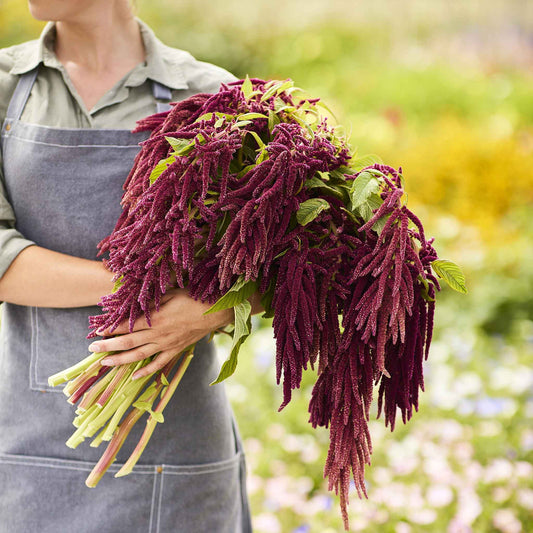
Love Lies Bleeding Seeds
A unique growth habit of cascading pink plumes to attract pollinatorsLove Lies Bleeding Seeds
A unique growth habit of cascading pink plumes to attract pollinatorsRegular price As Low As $4.49Regular priceUnit price per -
main-collection-product-grid
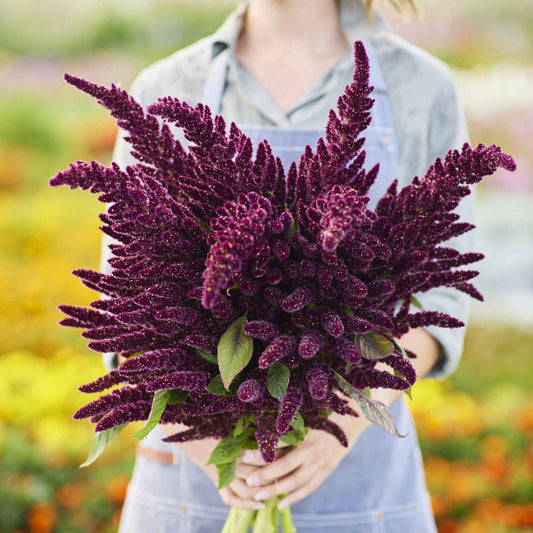
Amaranthus Seeds - Pygmy Torch
This compact heirloom variety is perfect for drying and craftingAmaranthus Seeds - Pygmy Torch
This compact heirloom variety is perfect for drying and craftingRegular price As Low As $4.49Regular priceUnit price per -
main-collection-product-grid
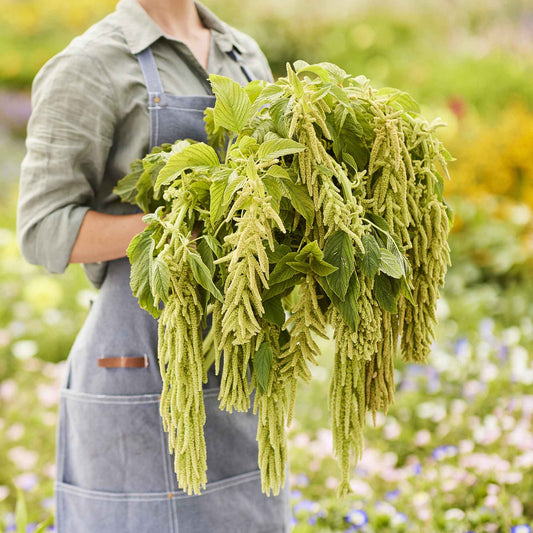
Amaranthus Seeds - Viridis
The distinctive green tassels are perfect for dramatic bouquetsAmaranthus Seeds - Viridis
The distinctive green tassels are perfect for dramatic bouquetsRegular price As Low As $4.49Regular priceUnit price per -
main-collection-product-grid
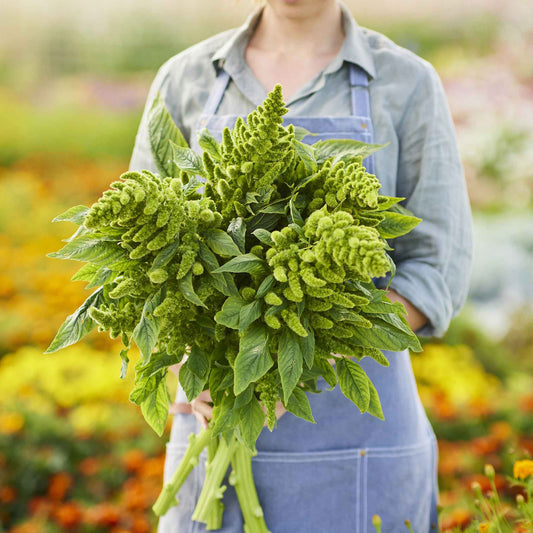
Amaranthus Seeds - Green Thumb
Experienced and beginning gardeners alike will appreciate this edible ornamentalAmaranthus Seeds - Green Thumb
Experienced and beginning gardeners alike will appreciate this edible ornamentalRegular price As Low As $4.49Regular priceUnit price per -
main-collection-product-grid

Amaranth Seeds - Red Garnet
Antioxidant filled fuchsia leaves makes wonderfully rich microgreensAmaranth Seeds - Red Garnet
Antioxidant filled fuchsia leaves makes wonderfully rich microgreensRegular price As Low As $4.49Regular priceUnit price per -
main-collection-product-grid
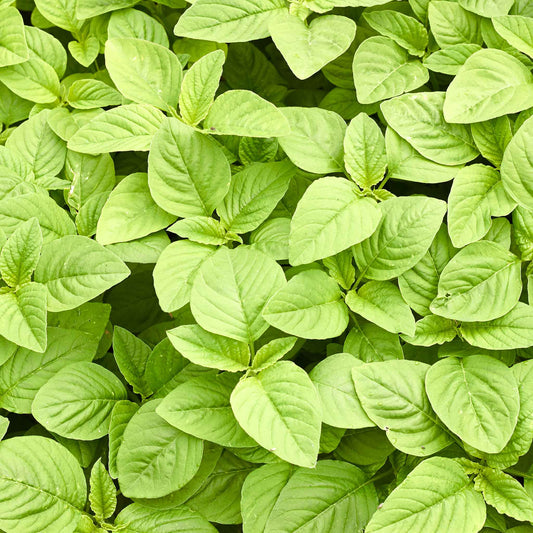
Amaranth Seeds - Green Callaloo
High heat tolerance, young leaves can be eaten raw or in soupsAmaranth Seeds - Green Callaloo
High heat tolerance, young leaves can be eaten raw or in soupsRegular price As Low As $4.49Regular priceUnit price per -
main-collection-product-grid
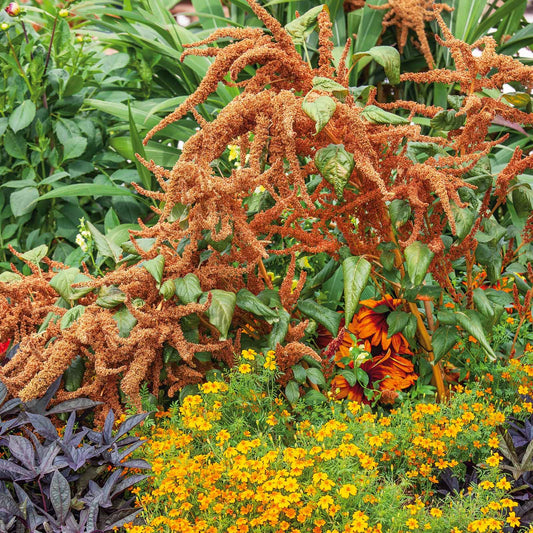
Amaranthus Seeds - Hot Biscuits
Holds their beautiful rustic color longer than most amaranthsAmaranthus Seeds - Hot Biscuits
Holds their beautiful rustic color longer than most amaranthsRegular price As Low As $5.79Regular priceUnit price per -
main-collection-product-grid
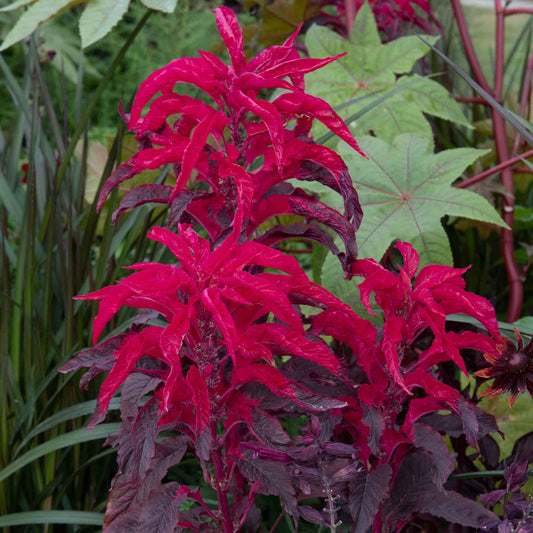
Amaranthus Seeds - Molten Fire
Ruby-colored new growth contrasts with mature foliage for a striking visual effectAmaranthus Seeds - Molten Fire
Ruby-colored new growth contrasts with mature foliage for a striking visual effectRegular price As Low As $4.79Regular priceUnit price per -
main-collection-product-grid
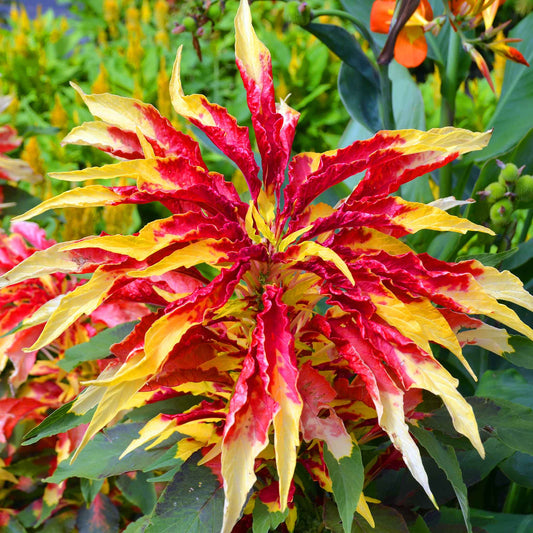
Amaranthus Seeds - Perfecta
Festive firecracker-like foliage adds interest in the gardenAmaranthus Seeds - Perfecta
Festive firecracker-like foliage adds interest in the gardenRegular price As Low As $5.79Regular priceUnit price per -
main-collection-product-grid
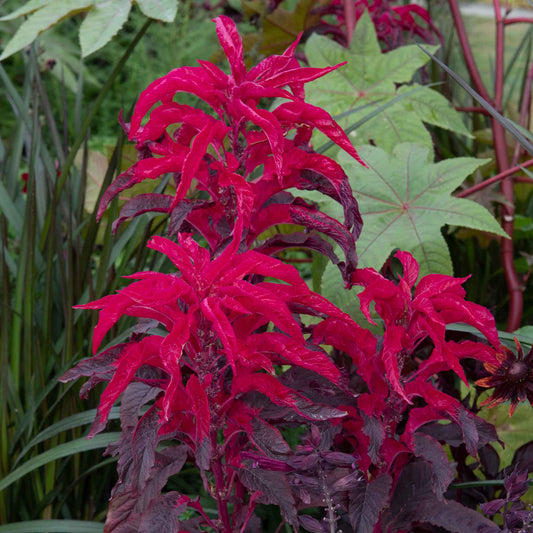
Amaranthus Seeds - Joseph's Coat Early Splendor
Green leaves change to stunning bright shades of orange, yellow, and red throughout the summerAmaranthus Seeds - Joseph's Coat Early Splendor
Green leaves change to stunning bright shades of orange, yellow, and red throughout the summerRegular price $5.79Regular priceUnit price per
Growing amaranthus in your garden
- Multiple varieties to choose from
- Both ornamental and edible
- Can be used in cut flower arrangements
- Drought-tolerant
growing amaranth in your garden
Amaranth has become a favorite ornamental flower among gardeners. It is, nevertheless, an edible plant that is farmed for its grain-like seeds in many parts of the world. Amaranth has traditionally been planted as a source of food in countries all over the world, thus its usage as a beautiful plant is relatively recent. In fact, it is thought to be a very old grain! The many seeds that dangle from the plant like chandeliers are why edible amaranth is so popular. Amaranth flowers, leaves, and stems range in color from scarlet to maroon, making it a fantastic eye-catcher in the yard. There are various types, some of which can reach a height of ten feet! Its tall stalks create an excellent trellis for climbing vine plants like beans and peas. Not only that, but the grain it produces provides tasty food for birds. Bees are attracted to it as well.
how to plant amaranth seeds
In the spring, sow your amaranth seeds. While the seeds can be planted directly in the ground, we recommend beginning them inside around six to eight weeks before the last frost date. Choose a location that gets plenty of sun and has well-draining soil (not dense clay). Plant the seeds 10 to 12 inches apart, then lightly cover them with soil. If the temperature is between 60 and 90°F, the seeds will germinate in three to four days. If you started them indoors, sow them one to two feet apart when you're ready to transplant them outside. It just has to be watered once or twice a week during dry months because it is drought resistant. Apply fertilizer or compost to tall plants once or twice a year. The usual amaranth plant tends to be between four and six feet tall, but with good soil and sufficient of nitrogen and phosphorus, the plants can grow to reach up to eight feet tall.
harvesting amaranth
Amaranth flowers until the first severe frost, which means there will be plenty of seed to harvest in the interim! The seeds from the blossoms will be ready to harvest in around three months. Shake the flower heads gently, catching the falling leaves in a big bowl or bag. You can cut and dry amaranth and use it in dry flower arrangements if you don't want to harvest the seeds.
For more information about planting, growing, and caring for Amaranth seed, please see our Amaranth Seeds Planting Guide.









